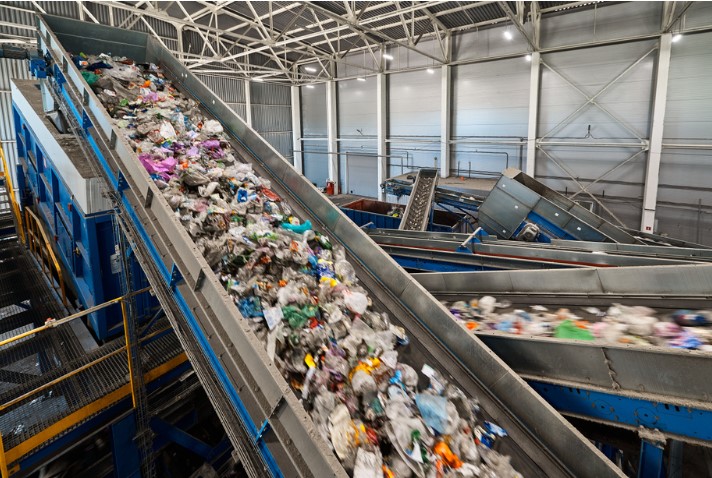Transient Thermal Barcode
An automated recycling system to identify and sort the six most common types of recyclable plastics at the selectivity, sensitivity, and throughput rate needed for commercial materials recycling facilities.
Plastic pollution is one of the most profound environmental issues faced, as plastic production has increased from 2.3 million tons in 1950 to an anticipated 1 billion tons by 2050. Of this, only 8.7% of plastics are recycled due to issues with cross-contamination of plastic types, requiring an engineering solution. Although using recycled plastics offers many economic and business opportunities, cross-contamination with other plastic types reduces the quality of recycled plastic products and diminishes their value over virgin plastics. In addition, plastic production contributes approximately 4.5% of global greenhouse gas emissions, so implementing a more efficient recycling platform contributes to a circular economy approach to climate change.
This University at Buffalo invention proposes an automated system to rapidly screen large volumes of plastics at the rate required by Material Recycling Facilities (MRF), allowing reliable separation of the 6 primary types of plastic (PET, HDPE, PVC, LDPE, PP and PS) for increased recycling efficiencies. The cornerstone of the invention is the sorting and identification of plastics using a proprietary Transient Thermal Barcode technique which uses machine learning as the foundation for the automated separation of plastics by chemical composition. This high sensitivity, high selectivity technique even sorts polymer mixtures of black plastics, the most challenging separations to achieve correctly.
 Source: nordroden, https://stock.adobe.com/uk/534372876, stock.adobe.com
Source: nordroden, https://stock.adobe.com/uk/534372876, stock.adobe.com
- High throughput with negligible false identifications
- Able to handle the volumes required in a materials recycling facility
- Increased signal to noise ratio as compared to current marketed technologies, offering higher sensitivity
- Machine learning for accurate identification of polymer types
- Able to be automated for identification and sorting
- Non-invasive technique
- Material recycling facilities
- Secondary sorting facilities
- Expansion to additional identification capabilities, such as composites
US Provisional Patent Application 63/588,800 filed on October 9, 2023
Laboratory demonstration and analytical chemical analysis.
Available for licensing or collaboration.
Patent Information:
| App Type |
Country |
Serial No. |
Patent No. |
Patent Status |
File Date |
Issued Date |
Expire Date |
|